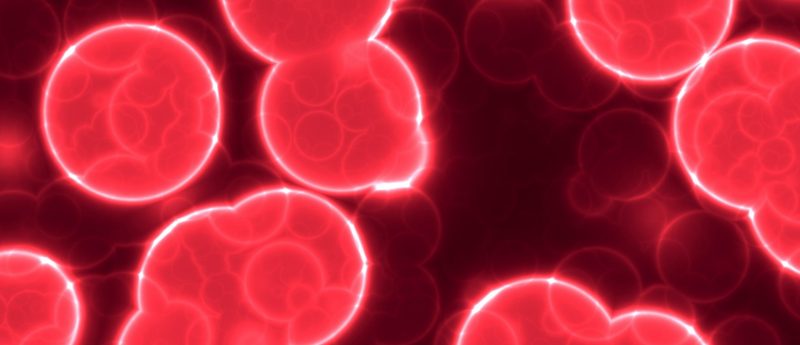Gene therapy is offering relief from hemophilia 3 years after treatment

Researchers have confirmed that gene therapy for hemophilia A is still treating the condition 3 years after the initial treatment.
Research published in the New England Journal of Medicine by John Pasi (Queen Mary University of London, UK) demonstrates that an adeno-associated virus-based gene therapy is still offering relief from hemophilia A 3 years after the initial treatment.
The original trial, published in 2017, achieved normal or near-normal levels of clotting factor VIII in the majority of patients for up to 1 year. Loss of functional clotting factor VIII is the most common cause of hemophilia, accounting for 80% of cases, and treatment normally requires regular administration of the clotting factors to prevent severe hemorrhaging and death. The condition — partly made famous by its high predominance within European royalty — can have debilitating effects due to the inability to properly clot without the treatment, and the possibility of a gene therapy offered many a new hope.
Following up on his original trial, Pasi has confirmed that, 3 years after their initial treatment, the patients still exhibited a reduction in bleeding with no thrombose, deaths or decline in liver function.
“Our 2017 paper showed that gene therapy could significantly boost factor VIII levels in men with hemophilia A. Our new data are critical in helping the scientific and medical communities understand this pioneering technology,” explained Pasi. “This latest study confirms both safety and the long-term beneficial impact of the treatment. A long-term treatment that effectively ends the life-long regime of regular injections can transform care and massively improve the quality of life of hundreds of thousands of people born with this challenging genetic condition.”
The initial experiment, supported by BioMarin Pharmaceutical (CA, US), involved Pasi treating the hemophiliacs with a single infusion of B-domain-deleted human factor VIII-containing adeno-associated virus — also dubbed AAV5-hFVIII-SQ, BMN 270 or Valoctocogene — at various doses. While the procedure reported an improvement in 85% of the patients treated, low or intermediate doses failed to increase factor VIII above 5 IU/deciliter — well below the 50 IU/deciliter in a normal individual. Those patients that were treated with a higher dose now present with a median of 20 IU/deciliter, which while below the healthy average still appears to protect from severe complications.
This 3 year follow-up study offers promises results and suggests it may have a significant impact in the developing world where clotting products can be difficult to obtain.
Sources: Pasi J, Rangarajan S, Mitchell N et al. Multiyear follow-up of AAV5-hFVIII-SQ gene therapy for hemophilia A. N. Engl. J. Med. doi: 10.1056/NEJMoa1908490 (2020) (Epub ahead of print);
Have any additional questions about this story? Ask us in the comments, below.
Find out more in these top picks from the Editor:
- Developing a gene therapy for fetal disease: an interview with Anna David
- Adipose-derived mesenchymal stem cell therapy in the treatment of knee osteoarthritis: a randomized controlled trial
- CAR-T immunotherapy enters clinical trial against first autoimmune disease